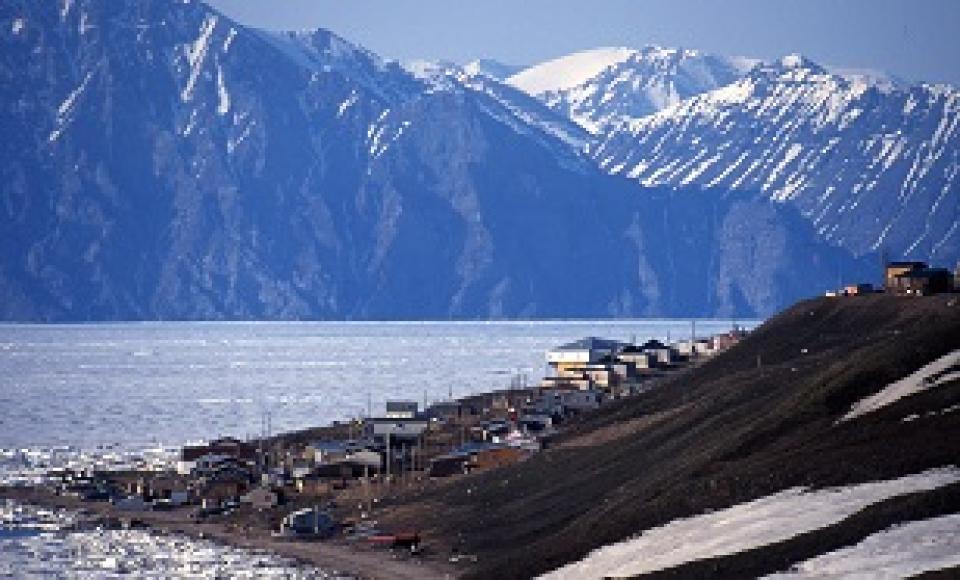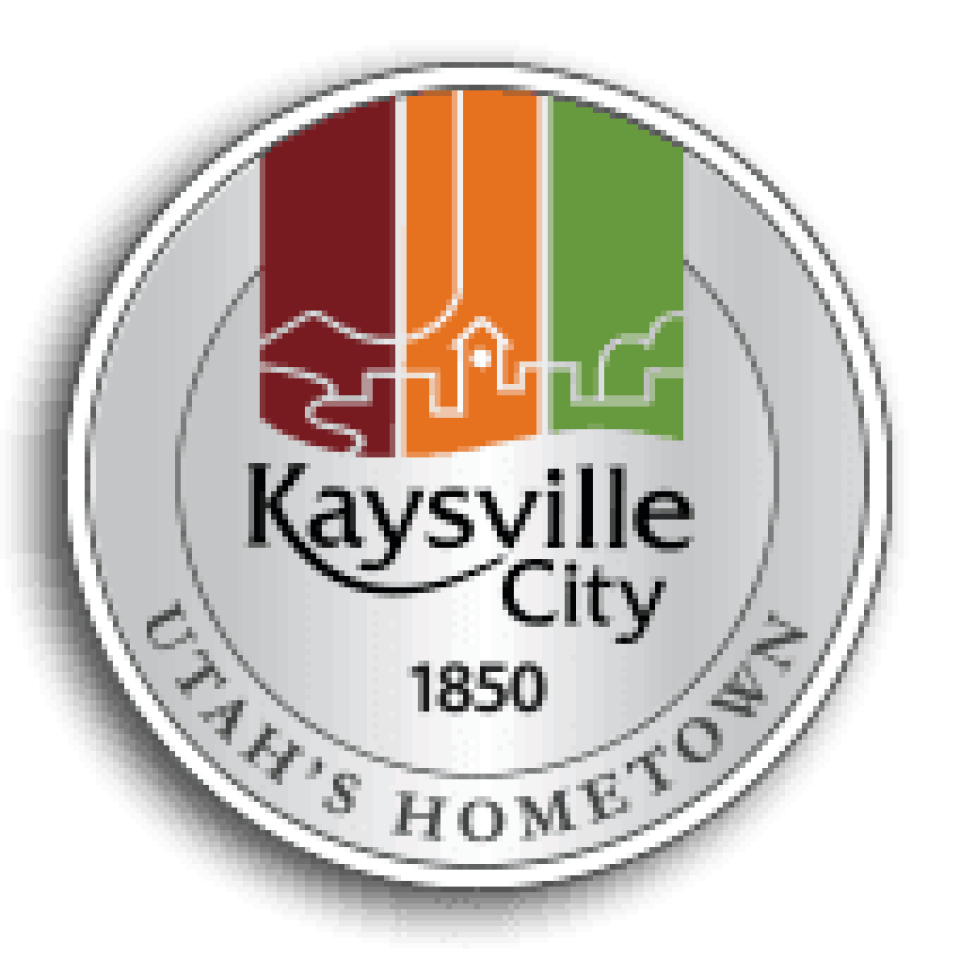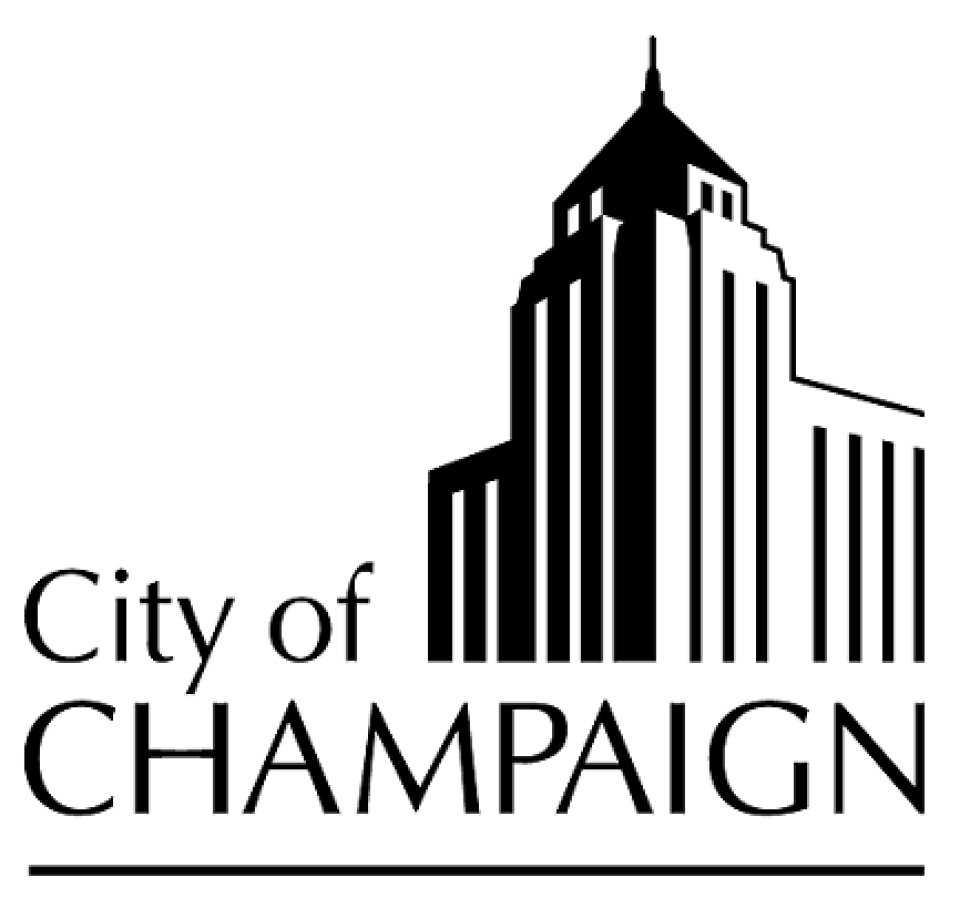
Fast, affordable Internet access for all.

News stories highlighting the breadth and depth of the digital divide and its impacts in the midst of the Covid-19 pandemic have dominated the headlines in recent months, but a new report emphasizes the degree to which dozens of communities in one Canadian province have struggled with connectivity issues for years. The recently released Nunavut Infrastructure Gap Report [pdf] shows what broadband access looks like for the 35,000 or so mostly Inuit residents of the nation’s youngest province, and what solutions exist for closing the gap for tens of thousands who struggle to get online.
Nunavut is the northernmost of Canada’s provinces, made up of two interlocking geographies: the landmass immediately north of Manitoba and east of the Northwest Territories, and the large collection of islands curled around Baffin Bay to the west of Greenland. It has a population barely 1/20th the size of Wyoming (the U.S.’s smallest by population) despite being the second-largest political subdivision by area in North America, and a population density of just 0.05 persons/square mile.

A Host of Infrastructure Gaps
In the fall of 2019, when the Kaysville City Council was poised to move forward on a $26 million, 30-year bond to build a municipal-owned fiber optic network, the COVID-19 pandemic had not yet turned life upside down.
Although city officials and advisors had spent 18 months thoroughly exploring options in a planning process City Councilwoman Michelle Barber called “one of the most vetted and open projects that we’ve worked on,” a group known as the Coalition for Responsible Kaysville Fiber created enough pushback to convince the City Council to shelve the plan and defer to a citizen-led ballot initiative.
On Tuesday, Nov. 3, Kaysville voters, in this city of approximately 32,000, will not only cast their ballots in the Presidential election, they will also be asked if they want the city to move forward with Kaysville Fiber. If the ballot initiative passes, it will allow the city to deploy a Fiber-To-The-Home (FTTH) network.

Currently, Comcast and CenturyLink are the Internet Service Providers (ISP) for most of Kaysville with some areas near the city relying on satellite Internet access. As has been the case in hundreds of communities across the nation that have built out fiber networks, Kaysville city leaders are looking to build a “last mile” fiber network to lower prices and improve services by creating an environment for increased competition.
Proponents are hoping the new “normal” in the face of the on-going pandemic — with the massive rise in virtual classrooms, remote work from home, telemedicine, and online commerce — will help voters see Kaysville Fiber as necessary infrastructure.
At the end of August, Alabama rolled out what has been a unique state-level response to the ongoing Covid-19 pandemic and a decision by every school district to offer remote learning as an option for the current school year. Using $103 million in CARES Act funding, the governor’s office enacted the Broadband Connectivity for Students initiative to help low-income families pay for existing or connect new service via a voucher program that runs through December 31st of this year and is worth, on average, about $400 per family.
To date almost 60,000 vouchers have been redeemed representing more than 100,000 students, and while we would wish to see such a large pot of funds go instead towards permanent connectivity solutions, for thousands of families it’s meant immediate and necessary relief. It also highlights the ongoing importance of fast, reliable, affordable Internet-access for distance learning.
The process began in late July, with the state issuing a Request for Proposals (RFP) [pdf] soliciting responses as many Internet Service Providers (ISPs) as wanted to participate in the program. The Alabama Department of Economic and Community Affairs is heading it up, with the state's Department of Education providing the identifying information for households with students on free or reduced lunch. CTC Technology and Energy is serving as contractor (and receiving approximately $3.4 million for its design work and services).
37 Internet Service Providers (ISPs) across fiber, fixed wireless, mobile, cable, and satellite service ultimately made the cut to participate in the program. See the full list of ISPs, but it includes a handful of municipal networks and cooperatives we’ve covered in the past, including:
Along the banks of the Columbia River, Multnomah County (pop. 813,000), Oregon is considering a publicly owned Fiber-to-the-Home (FTTH) network after being handed a study more than a year in the making. The report estimates that a countywide network reaching every home, business, and farm in a five-city area would cost just shy of $970 million, and bring with it a wealth of savings and other benefits to the community it serves.
Origins
The study has its origins in a 2017 push initiated by an advocacy group called Municipal Broadband PDX which has sought more affordable and equitable Internet access in the region. In 2018, the County Board of Commissioners agreed that it should be explored and approved the funding of a study, with the city of Portland and Multnomah County each contributing $100,000 and the remaining towns of Fairview, Gresham, Troutdale, and Wood Village joining the effort to collectively contribute an additional $50,000 for funding. Over the next year, CTC Technology and Energy conducted a comprehensive survey, analysis, and evaluation, and the results were delivered at the end of September.

Tens of thousands of homes, businesses, farms, schools, and community anchor institutions in the Sunflower State will see better connectivity options over the next few years. A recent executive order [pdf] establishing a Kansas Office of Broadband Development followed by the announcement of more than $49 million in grants to 67 projects around the state means a host of Fiber-to-the-Home (FTTH), fixed wireless, and institutional networks will break ground in the near future. The measure comes in response to the ongoing Covid-19 pandemic.
A Broadband Office and Grant Program
The new Office of Broadband Development has been placed in the state’s Department of Commerce, and given the task of promoting networks of all kinds — municipal, cooperative, private, and nonprofit — as well as supporting regional initiatives, developing a better broadband map, and removing policy barriers to fast deployment.
The state actually has two grant programs ongoing at the moment as part of the connectivity program approved the state’s Strengthening People and Revitalizing Kansas (SPARK) Taskforce and the State Finance Council. The Broadband Partnership Adoption Grants (BPAG) are designed to help low-income Kansans pay for service with existing plans. The large pot of grant money just announced, on the other hand, is part of the Define Connectivity Emergency Response Grant (CERG), which will use CARES funding to facilitate new builds between now and the end of the year.
US Ignite has announced a new initiative called Project Overcome which will fund five projects looking for novel solutions to broadband connectivity problems in communities around the United States.
Th endeavor, funded by a $2 million National Science Foundation grant, will “support the selection and buildout of five proof-of-concept network deployments designed to connect both rural and urban communities in novel ways.” More than three-quarters of the funding will go directly to project awards, with the aim to:
[C]ollect data to measure the technical and social impacts of different connectivity strategies [in order to] discover patterns of success that can be repeated on a larger scale across the country, and to catalog the distinctions that emerge based on variations in the communities served.
The Application Process
An RFP will come out in the next few weeks, with winners chosen by early spring. From the website, competitive applications will:
Be chosen based on the use of innovative technologies, such as mesh networks and new spectrum access solutions, as well as creative deployment models that leverage both public and private sector partners. Participating teams should draw from some combination of academic, nonprofit, industry, government, student, and volunteer partners. The five proposals ultimately selected will reflect a mix of population density characteristics, demographics, geographic regions, housing types, local and industry collaborations, and technical approaches.
Over the last few months, a number of cities across the country have recognized the pressing need to find a way to get those in their community without Internet access connected. In San Rafael, California, San Antonio, Texas, and Champaign, Illinois, local governments along with a variety of philanthropic, technical, and private partners have developed a host of innovative ways to bring fixed wireless solutions to neighborhoods in need.
The city of McAllen (pop. 140,000) — near the mouth of the Rio Grande, at the southern tip of Texas — offers some additional lessons to be learned and a blueprint for success for other local governments thinking of doing the same. Quietly over the summer, it collected broadband data, designed, and deployed a fixed wireless network which to date covers more than three dozen neighborhoods and provides free connectivity for the city’s students and residents.
Fiber From the Water Tower
Citywide Wi-Fi has been a long time coming in McAllen. Mayor Jim Dalson and the IT Department have wanted to do it for years, IT Director Robert Acosta said in an interview, but finding a way to pay for it has been the major barrier. In the meantime, his department has been adding wireless coverage to public spaces for the past half decade, at city parks, outside of government facilities, at the Museum of Art and Science, and at the Boys and Girls club. He also extended the network to traffic cameras, water towers, and other government facilities, and when the pandemic hit his department had more than 60 miles of fiber to call upon.

Another year of the Broadband Communities annual summit is behind us, and it’s worth revisiting the most salient moments from the panels that touched on the wealth and variety of issues related to community broadband regulation, financing, and expansion today and in the future. We weren’t able to make it to every panel, but read on for the highlights.
Last Mile Infrastructure and the Limits of CARES Funding
The first day of the program saw some heavyweight sessions from Coalition for Local Internet Choice (CLIC) on last mile digital infrastructure. For communities at all stages of broadband exploration and investment — whether exploring an initial feasibility study, putting together an RFP, or already planning for the future by laying conduit as part of other projects — partnerships dominated the discussion, with timing and debt also serving as common themes.
ILSR’s Christopher Mitchel helped kick off the conference by moderating the first panel in the Rural/Editor's Choice track, and was joined by Peggy Schaffer from Maine's Broadband Office (ConnectME), Monica Webb from Internet Service Provider (ISP) Ting, and Roger Timmerman, CEO of Utah middle-mile network UTOPIA Fiber.
The group discussed the open access models to start, and the benefits that could be realized from two- or three-layer systems. UTOPIA Fiber has seen some explosive growth and spearheaded significant innovation recently as it continues to provide wholesale service to ISPs that want to deliver retail service on the network. Ting, which recently signed on to be one of two providers on SiFi Network’s first FiberCity in Fullerton, California, also acts as an example of what can happen when we break away from thinking about infrastructure investment and Internet access as one-entity-doing-it-all.
When school shut down past spring, Unit 4 schools in Champaign, Illinois scrambled to get students connected like everyone else. The district handed out Chromebooks and teachers went to work transitioning to online instruction so the school year could continue. But the district noticed that a large percentage of its students weren't logging on and the bulk of them came from Shadowwood mobile home park, where although fiber ran up and down every street in the neighborhood only one family subscribed to wireline Internet access. So Mark Toalson, the city’s IT Director, began making calls, and by the end of the summer a coalition came together to build Shadowwood’s students a free fixed wireless network which went online in August.
Fiber Just a Few Feet Away

The mobile home park sits on the north side of the town of 90,000, and is largely populated by Hispanic residents. Roughly 250 students who attend the Unit 4 school district live there, and according to Toalson not a single one had Internet access beyond personal mobile phones before they began last spring. In late May Mayor Deborah Feinen asked the city manager what could be done, and Toalson was asked to take on the project.
Marin County and the city of San Rafael, California, are demonstrating what happens when local government, a community nonprofit, and generous stakeholders come together to do something right. Over the summer they’ve built a Wi-Fi mesh network in the city’s Canal neighborhood to connect over 2,000 students and their families in anticipation of the upcoming school year. How the project unfolded shows what a thoughtful, committed group of people can do to respond to a public health crisis, close the digital divide, and make a long-term commitment to the vulnerable communities around them.
A Neighborhood in Need
The Canal neighborhood (pop. 12,000) was founded in the 1950s and sits in the southeast corner of Marin County, bounded by the San Francisco Bay to the east, the city of San Quentin to the south, China Camp State Park to the north, and the Mount Tamalpais Watershed to the west. It’s split down the middle by Highway 101 and Interstate 580.
Canal is populated by predominantly low-income workers, and remains one of the most densely settled areas in Marin County — one of the wealthiest counties in the nation. Its residents serve, according to San Rafael Director of Digital Services and Open Government Rebecca Woodbury, as the backbone of the area’s service economy. Those who live there are mostly Latinx residents, with a small but significant segment who identify as Vietnamese. A 2015 study highlighted the challenges the community faces. Its population grew by half between 1990 and 2013, while available housing units grew by just 15%. During the same period, median household income shrunk by nearly a third, and unemployment remains twice as high in Canal than in the rest of Marin. It suffers from the largest education disparity in the entire state. It’s also among the hardest hit in the community by the coronavirus pandemic: the Latinx population in Canal accounts for just 16% of Marin County but 71% of cases so far.